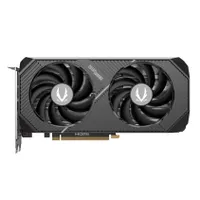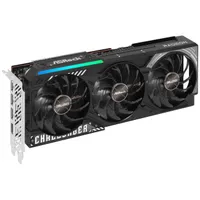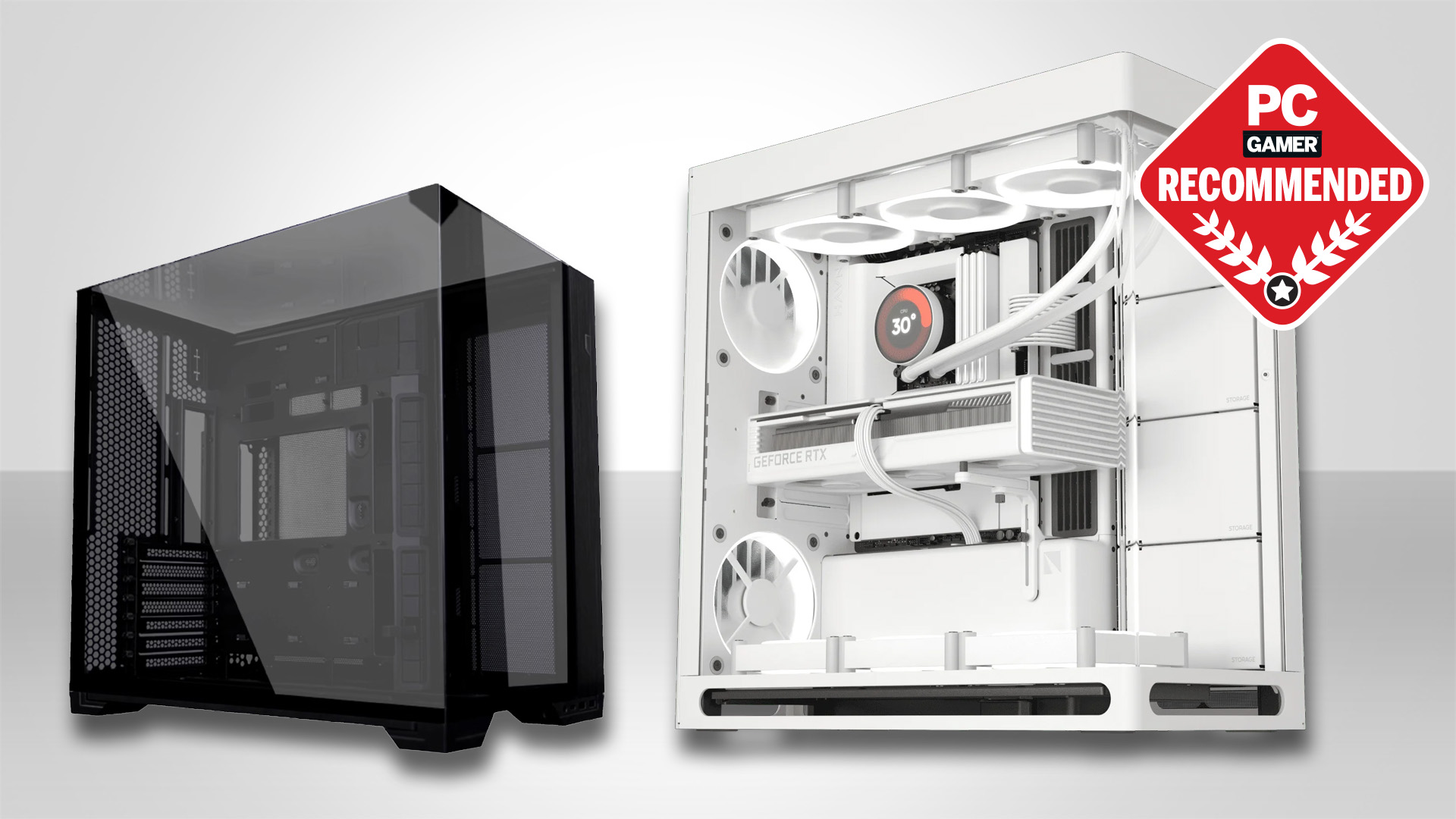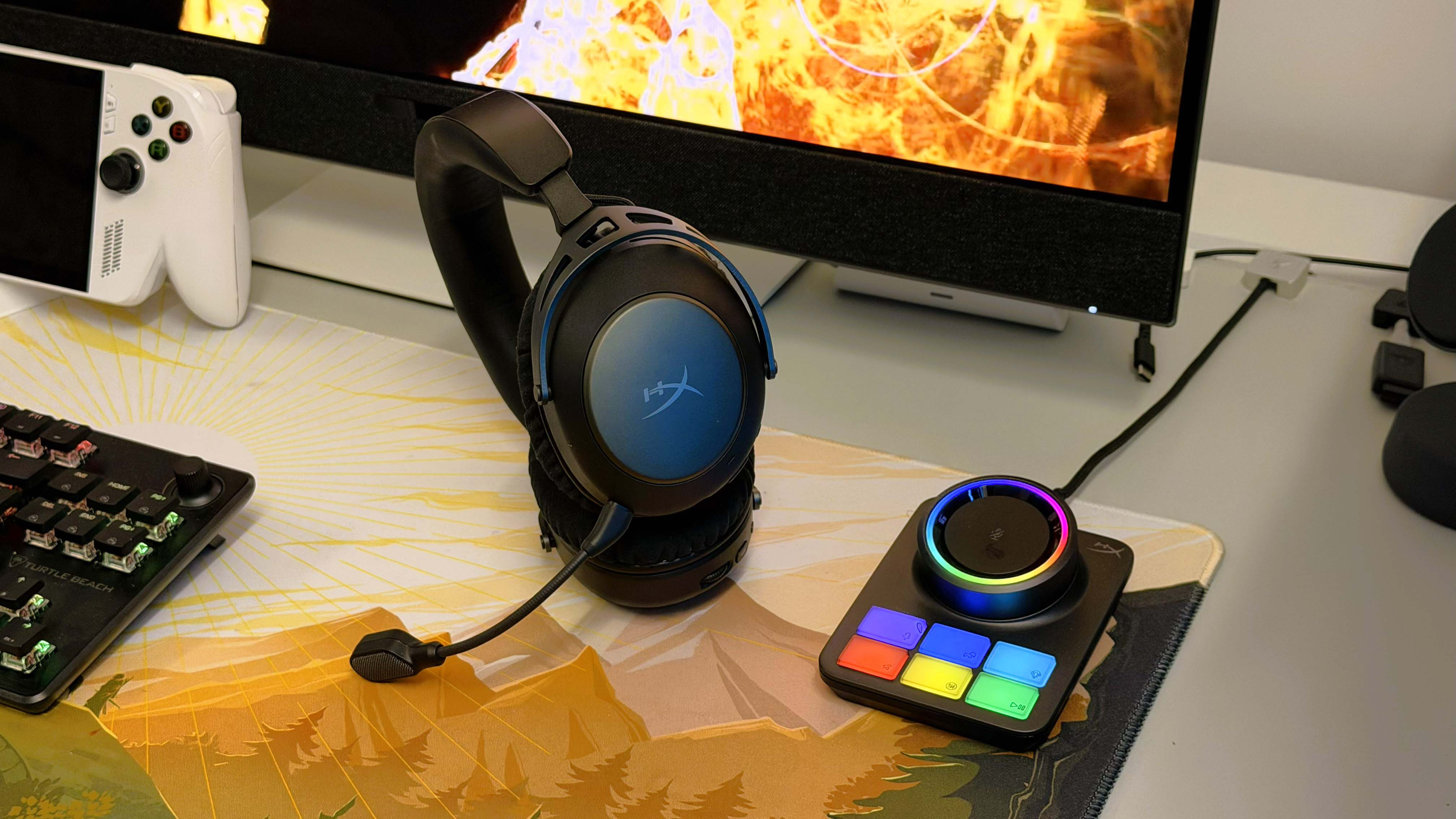With this RTX 5070 Prime Day deal dipping comfortably below its $550 MSRP it's a tough choice between AMD and Nvidia once again
GeForce or Radeon. FSR or DLSS. Happy days, either way.
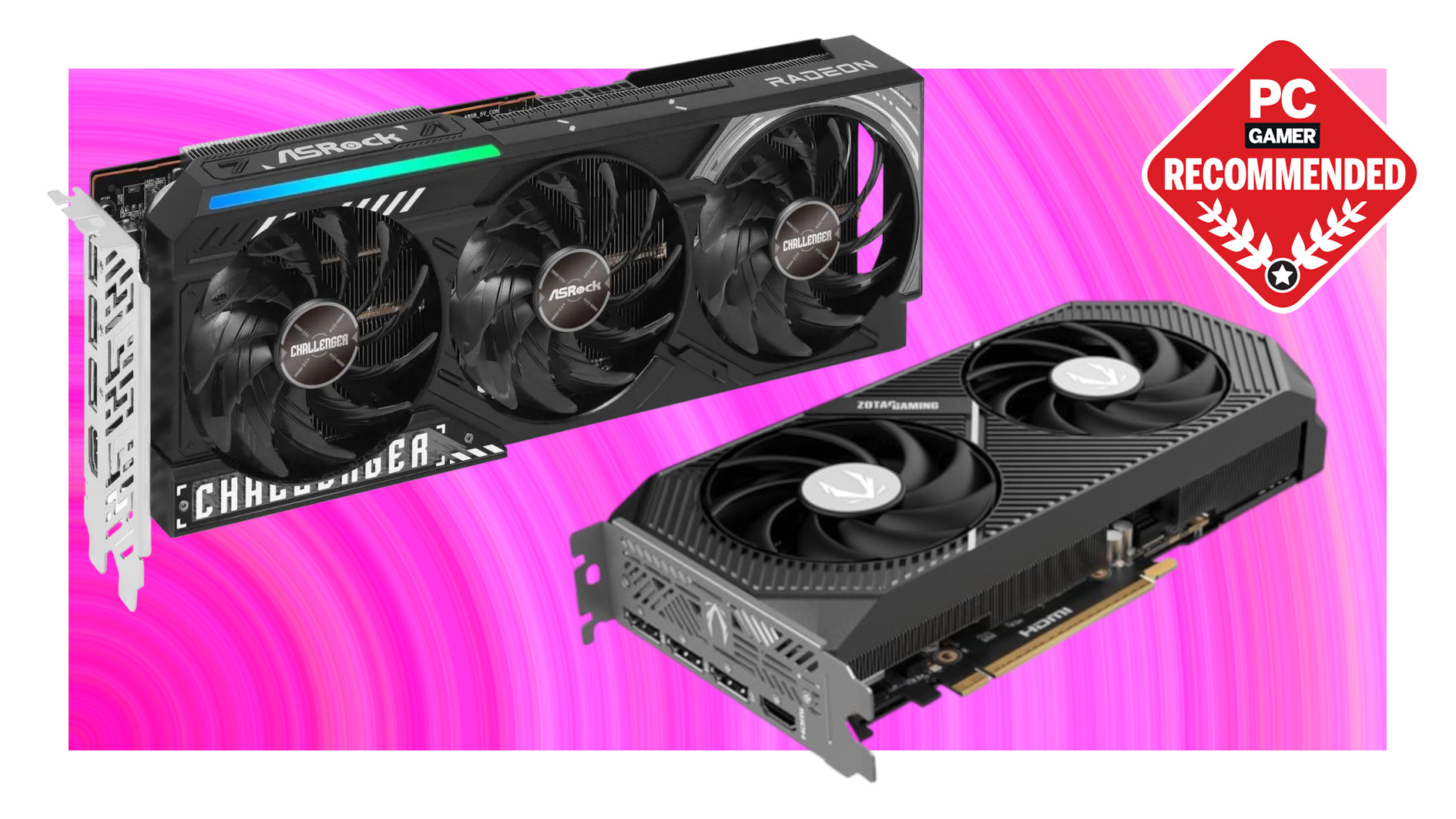
It seems like it's taken forever for GPU prices to fall to MSRP levels, let alone drop below them with a discount. Unfortunately, we're still not quite there across the full spectrum of graphics cards on the market, but here are two that are well worth considering.
One is a little under MSRP, the other is bang on its recommended price; both are worthy upgrades for anyone's gaming GPU. The real head-scratcher, though, is which one do you go for?
Quick links
- Zotac GeForce RTX 5070: $520 @ Newegg
- ASRock Radeon RX 9070: $550 @ Newegg
Although the RTX 5070 is a good deal faster than its predecessor, the RTX 4070, it's less of an upgrade compared to the RTX 4070 Super. DLSS 4 just about tips the balance in favor of the newer model, though, and this particular deal is nicely under MSRP. Use promo code FTTE682 to get the full discount.
<p><strong>Key specs: 6144 shaders | 2542 MHz boost | 12 GB GDDR7<p><strong>RTX 5070 price check: <a href="https://target.georiot.com/Proxy.ashx?tsid=8432&GR_URL=https%3A%2F%2Famazon.com%2FPNY-GeForce-Overclocked-Graphics-2-4-Slot%2Fdp%2FB0DYPFGL88%2F%3Ftag%3Dhawk-future-20%26ascsubtag%3Dhawk-custom-tracking-20" target="_blank">Amazon $542.05 | <a href="https://bestbuy.7tiv.net/c/1943169/614286/10014?subId1=hawk-custom-tracking&sharedId=hawk&u=https%3A%2F%2Fwww.bestbuy.com%2Fproduct%2Fpny-geforce-rtx-5070-12gb-oc-gddr7-pci-express-5-0-graphics-card-with-triple-fan-black%2FJXF2C4642R" target="_blank">Best Buy $542.99 | <a href="https://goto.walmart.com/c/1943169/568844/9383?subId1=hawk-custom-tracking&sharedId=hawk&u=https%3A%2F%2Fwww.walmart.com%2Fip%2FPNY-GeForce-RTX-5070-Overclocked-Triple-Fan-Graphics-DLSS-4-Video-Card%2F15371260951" target="_blank">Walmart $549 | <a href="https://www.bhphotovideo.com/c/product/1875953-REG/asus_prime_rtx5070_12g_geforce_rtx_5070_prime.html?BI=20811&KBID=16572&SID=hawk-custom-tracking" target="_blank">B&H Photo $549.99The first graphics card to consider is this Zotac GeForce RTX 5070. Nvidia's mid-tier GPU wasn't well-received at launch, partly because it wasn't a big leap up from the RTX 4070 Super, but mostly because stocks were low and prices were sky-high. It's obviously no faster months after launch, but at least the price tag is a lot more appealing.
👉All Amazon's Big Deal Days deals👈
👉OUR favorite Prime Day PC gaming deals👈
If you've already got an RTX 40-series card in your gaming PC, then you're probably better off waiting for the next generation of GeForce cards. However, should your rig be home to an RTX 20 or 30-series card, then the RTX 5070 will be a mighty upgrade for you.
That said, it's not the fastest GPU you can buy at this price point. Enter stage left, AMD's Radeon RX 9070. Like the RTX 5070, its launch price was ludicrously high due to very low stocks and high demand, but patience rewards the...err...patient. The RDNA 4 GPU inside this ASRock model is seriously mighty, and not just 'for the money'.
The RX 9070 is one of AMD's better GPUs for many years and is not that much slower than the XT version. It's been so popular that it's taken months for the price to drop to AMD's MSRP. Now at a similar price as the RTX 5070, Nvidia has proper competition in this segment.
<p><strong>Key specs: 3584 shaders | 2520 MHz boost | 16 GB GDDR6<p><strong>RX 9070 price check: <a href="https://goto.walmart.com/c/1943169/568844/9383?subId1=hawk-custom-tracking&sharedId=hawk&u=https%3A%2F%2Fwww.walmart.com%2Fip%2FASRock-AMD-Radeon-RX-9070-Challenger-Triple-Fan-16GB-GDDR6-PCIe-5-0-Graphics-Card%2F15982103350" target="_blank">Walmart $549.99 | <a href="https://target.georiot.com/Proxy.ashx?tsid=8432&GR_URL=https%3A%2F%2Famazon.com%2FSapphire-11349-03-20G-RadeonTM-Gaming-Graphics%2Fdp%2FB0DTHN37BP%2F%3Ftag%3Dhawk-future-20%26ascsubtag%3Dhawk-custom-tracking-20" target="_blank">Amazon $579.99 | <a href="https://bestbuy.7tiv.net/c/1943169/614286/10014?subId1=hawk-custom-tracking&sharedId=hawk&u=https%3A%2F%2Fwww.bestbuy.com%2Fproduct%2Fgigabyte-radeon-rx-9070-gaming-oc-16g-gddr6-pci-express-5-0-graphics-card-black%2FJ3ZW9X7JCC" target="_blank">Best Buy $639.99 | <a href="https://www.bhphotovideo.com/c/product/1872783-REG/gigabyte_gv_r9070gaming_oc_16gd_radeon_rx_9070_gaming.html?BI=20811&KBID=16572&SID=hawk-custom-tracking" target="_blank">B&H Photo $639.99As you can see in our suite of gaming benchmarks, the RX 9070 is either faster or as fast as the RTX 5070. Sure, it's $30 more expensive, but that's just 6% more cash for a lot more dash. So why would you consider the 5070 in the first place, if the 9070 is so good?
There are a couple of reasons. Firstly, DLSS 4. Nvidia's AI-powered technology suite of upscaling, frame generation, and ray reconstruction is seriously good these days, and while AMD also has a similar package in the form of FSR 4, it's far less widely supported and, if one looks closely enough, it's not quite as good.
Another reason why you'd pick the 5070 over the 9070 is support for content creation workloads, such as offline 3D rendering, AI processing, plus image and video editing. In these aspects, Nvidia still rules the roost, and although AMD has made great strides in these areas, if you're buying a new GPU for more than just gaming, you're far better off going for the RTX 5070.
For outright gaming, though, I heartily recommend the Radeon RX 9070. It's not just the best GPU that AMD has made in years; it's also a very capable graphics cruncher in its own right. You won't be disappointed if you buy one.
👉Check out all Amazon's GPU deals👈
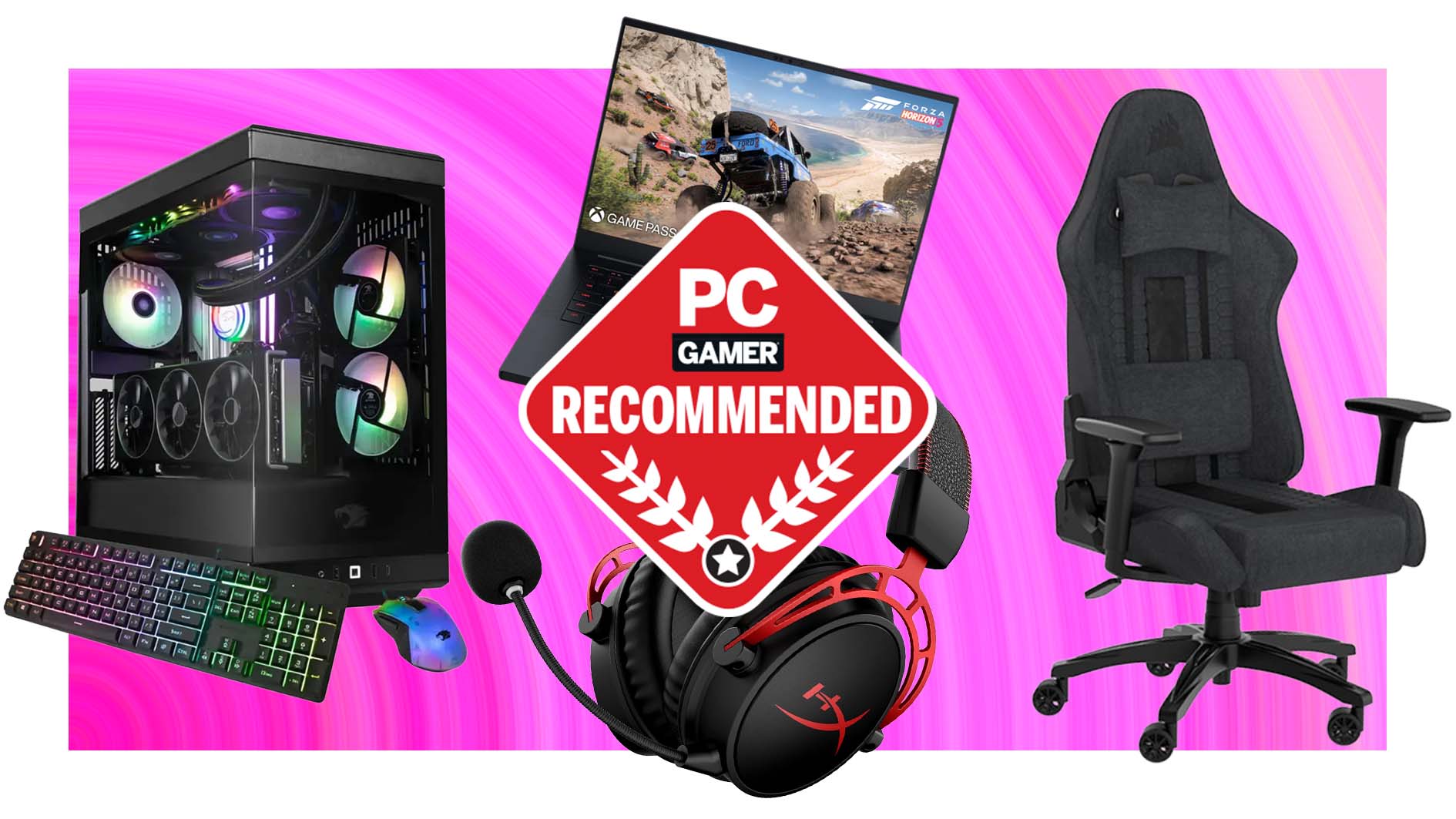
1. Lenovo LOQ 15 | RTX 5060 laptop | $810 (save $490)
2. Lexar NM790 | 1 TB SSD | $66 (save $24)
3. Corsair TC100 Relaxed | Gaming chair | $160 (save $110)
4. MSI MAG | 32" 4K OLED | $750 (save $150)
5. ASRock RX 9070 XT | 16 GB GPU | $640
👉Check out our full list of deals👈
Keep up to date with the most important stories and the best deals, as picked by the PC Gamer team.

Nick, gaming, and computers all first met in the early 1980s. After leaving university, he became a physics and IT teacher and started writing about tech in the late 1990s. That resulted in him working with MadOnion to write the help files for 3DMark and PCMark. After a short stint working at Beyond3D.com, Nick joined Futuremark (MadOnion rebranded) full-time, as editor-in-chief for its PC gaming section, YouGamers. After the site shutdown, he became an engineering and computing lecturer for many years, but missed the writing bug. Cue four years at TechSpot.com covering everything and anything to do with tech and PCs. He freely admits to being far too obsessed with GPUs and open-world grindy RPGs, but who isn't these days?
You must confirm your public display name before commenting
Please logout and then login again, you will then be prompted to enter your display name.
